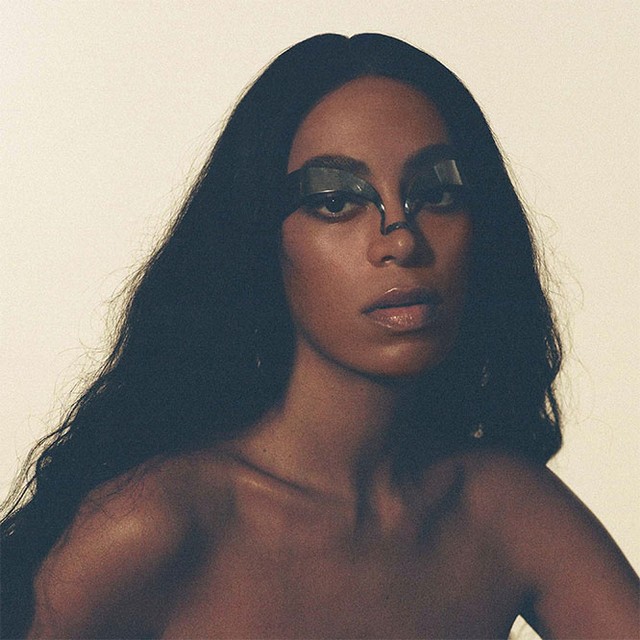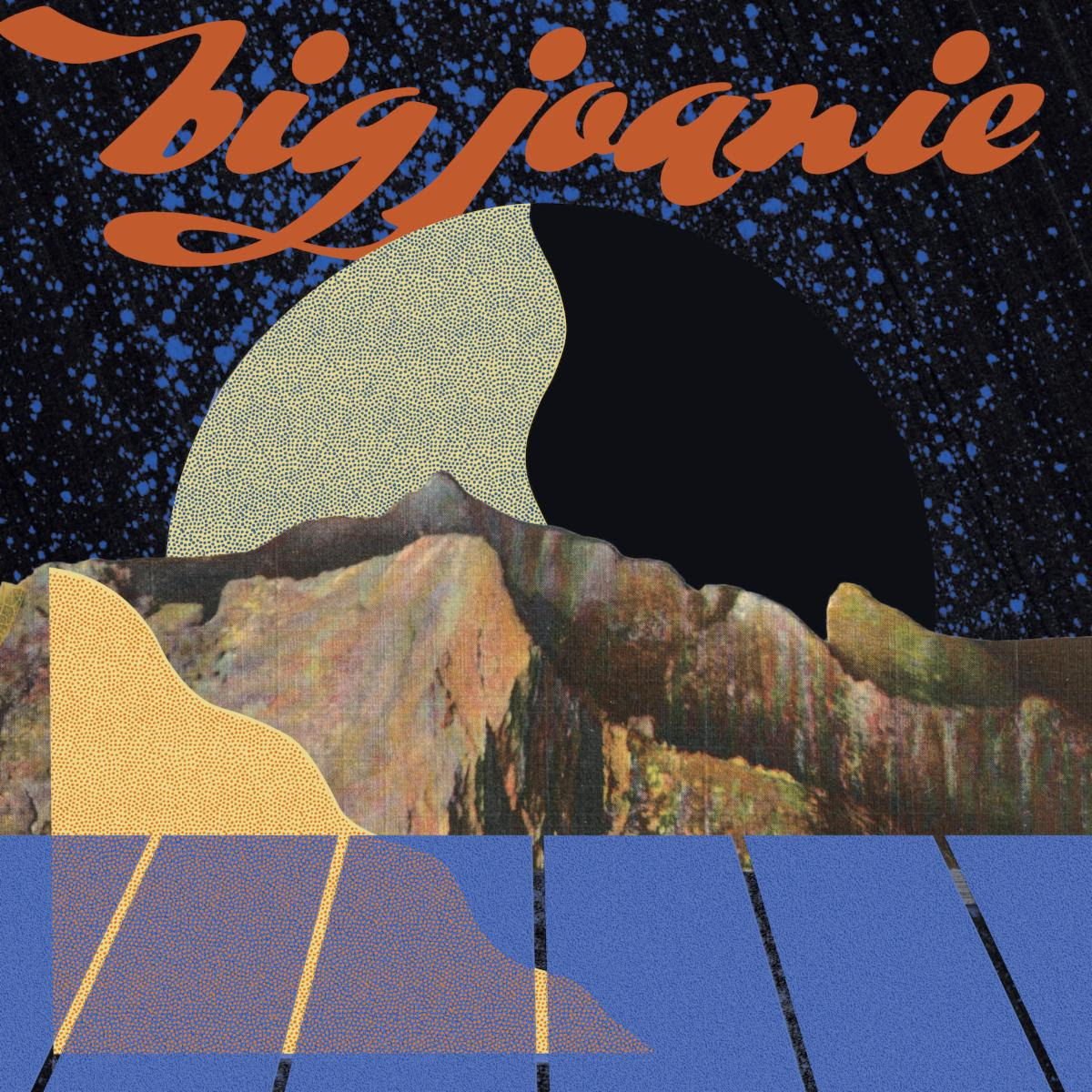Solange Knowles has worked for this moment. For a period of her career, the singer was simply “Beyoncé’s sister,” trying to find her place in the presence of a growing shadow. But from the very beginning, even back to early albums Solo Star and Sol-Angel and the Hadley St. Dreams, Solange has embarked on her own mission, bringing (with varying degrees of success) her off-kilter pop sensibilities to a wide range of music she thought was cool and interesting. With 2012’s True EP she found an audience through her interpretation of misty ‘80s synth-pop, and with 2016’s acclaimed A Seat at the Table she reached her pinnacle, pairing a hip, neo-soul style to indelible pop writing; solemn, abstract production; and thoughtful discourse on race, gender, social anxiety, existential dread, and humanity. Three years later, Solange has released When I Get Home, a 19-track tome that expands the boundaries of her own sound and artistry—and also maybe even the concept of the album itself—to new, and often exciting territory. It’s a record by a performer who, to her credit, constantly wants to challenge herself and in doing so challenges her audience, both for better and for worse.
You could, if you wanted, not even call When I Get Home an album, a tag which it appears to have no aspiration of wearing. When I Get Home, on the one hand, is a portrait of Solange, following the success of A Seat at the Table, leaning to the point of falling into all the most pretentious aspects of that record. On the other, When I Get Home is a complex and fascinating exercise in reconfiguring a whole history of black music for the post-modern age. While the album often operates as if the takeaway from its predecessor was not that Solange expertly wove pop songs into a larger tapestry on identity, but instead that the thrill was in its ethereal, fragmented musicianship and a self-serious view of the album as “an artistic statement,” it still functions as an intriguing entry into the ongoing conversation of how to make and expand upon modern popular music without boxing oneself in via the conventions of song making.
It is incredibly hard not to be enamored by When I Get Home. Its jazz-funk leanings and spliced-in samples create an enigmatic and fantasmic world in which Solange dazzles and shines. Her natural prowess is soothing and commanding while everything around her is erratic. The songs can be bewildering, but there is also true magic in some of these tracks. “Way to the Show” and “Stay Flo” are elegant, mesmerizing odes to candy-painted cars, hometown parties, and neighborhood folks, inverting the kind of heavy-bass street rap that might come out of the speakers of those cars by into something more soft and tender but still funky. “Almeda” is similar, turning a trap record into a jazz one. Yes, When I Get Home is overbearing in the way it wants to announce itself as art, but the album also makes that easy to forgive.
When I Get Home makes most sense when considered in the context of Solange’s recent performance art pieces at different museums, including the Hammer in Los Angeles or the Guggenheim in New York. It eschews structure in favor of what essentially amounts to one long performance, a collage of sounds, styles, songs, and samples—it is an art installation posing as an album, something made clear by the film Solange released to accompany it. Close your eyes and it’s much easier to imagine When I Get Home echoing across a big, empty room than a concert venue.
When I Get Home, then, accomplishes the rare feat of deserving every bad thing you could say about it and still being an achievement. It is expertly crafted, curated, and aesthetically dazzling; choreographed, extremely self-serious and self-absorbed; intellectualized, sonically adventurous, but often feels too rehearsed and neat. The soulfulness of the album can come off as unnatural, instead performing “soul” and “heart” with robotic precision like it performs everything else. Her monotone delivery of lines like “I can’t be a singular expression of myself, there’s too many parts, too many spaces, too many manifestations…” on the interlude “Can I Hold the Mic” are almost pitch-perfect slam poetry parody. When she sprinkles in guests like The-Dream, Earl Sweatshirt, Devin the Dude, Cassie or Panda Bear, it feels as if there is not much purpose beyond impressing you with the fact of such an artist’s inclusion. But then at other points, such as when Playboi Carti or Gucci Mane appear, other voices can be hits of adrenaline, mostly because they’re actually given more room to operate.
When I Get Home is easy to praise and admire, but it can also be hard to love. The album is too absorbed by its own brilliance, making it hard to penetrate. Watching the film treatment and the live performances of the record around Houston locations only serves to confirm this fact. The perfect, elaborate choreography and curated visual set pieces make you feel less inspiration than respect for Solange’s talent, professionalism and workmanship. Still, an accomplishment is an accomplishment; When I Get Home may be unwieldy and tiring, but it is plenty brilliant as well. It earns the applause it craves.





